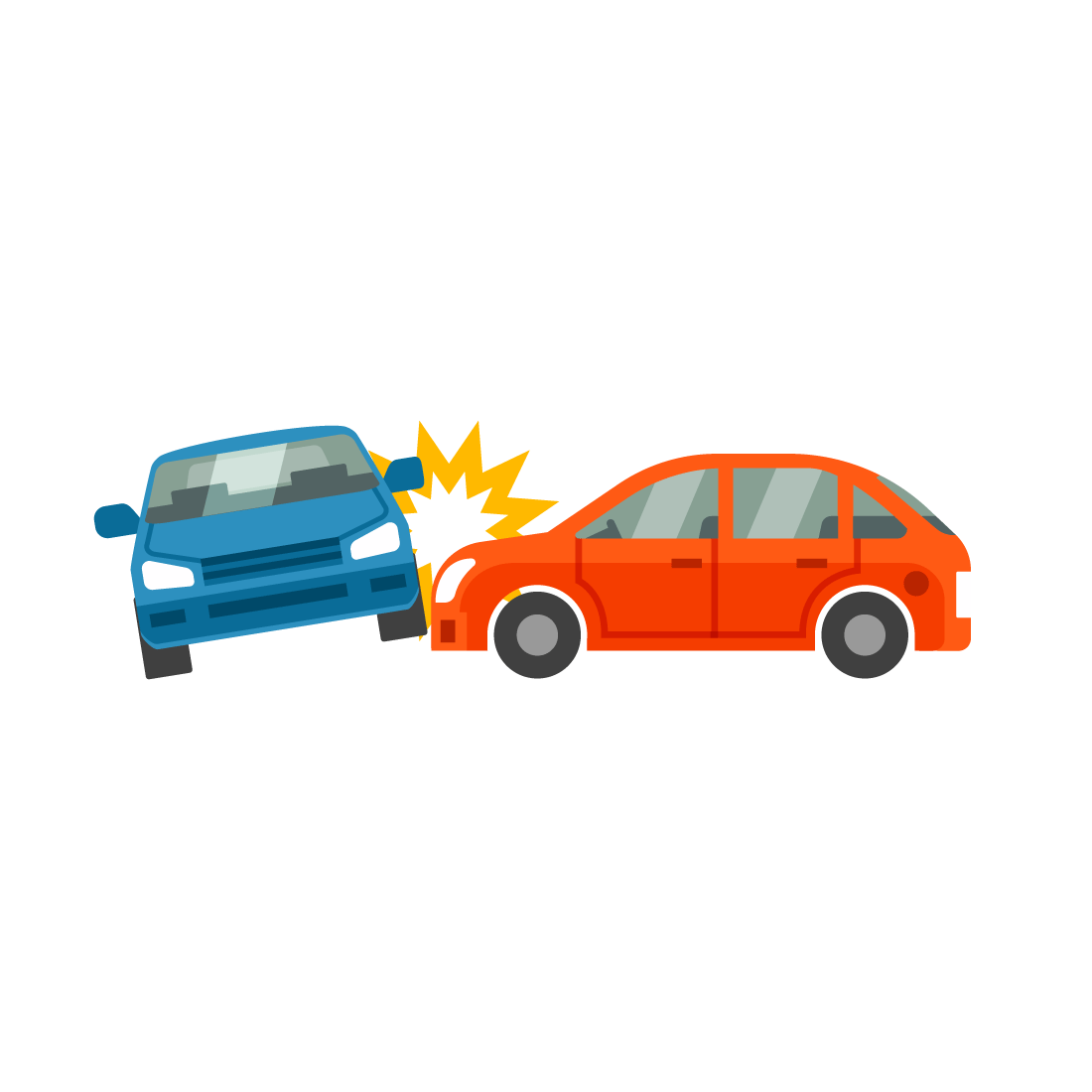Investigating Passenger Safety
Looking into the details of the people involved in fatal car accidents provides insights into other non-vehicle and non-road specific aspects of fatal accidents. Herein, passenger age, ejection status, and restraint usage will be considered to gain insight into the details of the passengers involved in these accidents. First, Figure 12 looks at the percent of passengers involved in the accidents who fall into each of five age groups: Child (0-12 years), Teen (13-19), Young Adult (20-35), Adult (35-60), and Senior (60+). Next, Figure 13 looks at the ejection status of all passengers involved in the fatal car accidents and shows the percent who were ejected versus were not ejected. FInally, Figure 14 examines the distribution of passengers who were ejected during a fatal car accident who were wearing proper, improper, or no restraints. For all of these figures, the data is split between fatal car accidents occurring prior to 2000, and fatal car accidents occurring in 2000 and beyond.
who fall into each of five age groups: Child (0-12 years), Teen (13-19), Young Adult (20-35), Adult (35-60),
and Senior (60+). The data is split between accidents occurring prior to the year 2000 versus accidents
occurring in the year 2000 and beyond.
From the figures above, a breakdown of the ages, ejection statuses, and restraint usages of passengers involved in fatal car accidents from 1975 to 2019 are shown. By examining these plots and viewing the changes in distributions between the accidents occurring before the year 2000 and those occurring on or after the year 2000, one can start to understand how these aspects have changed. For example, in Figure 12, it's seen that there was a shift in ages of those involved with fatal accidents in that more older people are involved in more fatal car accidents after 2000 than were seen before. Next, in Figure 13, it appears that the percent of those ejected versus those not ejected from the vehicles involved in fatal car accidents has remained approximately the same across the same, with a slight decrease in ejection being seen in the more recent years (2000-2019). Finally, Figure 14 shows a huge change in restraint usage from before and after 2000, with the much more vehicle passengers in accidents after 2000 wearing proper seat restraints as compared to those before 2000. In sum, it's clear that the details of passengers involved in fatal car accidents have changed over the decades.
Next, Figure 15 provides insight into more details of passengers involved in fatal car accidents. Again, the data is split between accidents occurring prior to the year 2000, and accidents occurring after this year. This figure first splits the passengers by their seat location in the vehicle. Then, for all passengers located in each seat loaction, a brekadown of the impact on that passenger is made to distinguish how many passengers were killed, injured, or uninjured. By clicking on each seat-injury combination, the selected group of people are further divided by their age and proper use of seat restraint in a new bar chart. In this way, a great depth of understanding of the passengers involved in the fatal car accidents can be established.
Figure 15 provides a vast amount of information that can be analyzed. First, it is important to note that the top graph totals the counts of passengers in each category over a 25-year time period (1975-1999), whereas the second graph is a total over a 20-year time period (2000-2019). This must be taken into account when considering total magnitudes of deaths between the two time period. Despite this, general trends and changes can still be examined. Many things can be observed from this plot. First, in both time period, it's seen that a higher proportion of drivers involved in fatal car accidents die (rather than are injured or uninjured) as compared to passengers. In other words, most drivers involved fall into the "fatality" category while most passengers and back-seat riders fall into the "injured" category. Passengers and back-seat riders appear to have approximately the same distribution of fatalities, injuries, and uninjuries. Second, it's interesting to observe the the distribution of injury/fatality status of each seat location between two time period is approximately the same.
Next, a great amount of information can be further unraveled for each seat location - injury status combination by clicking on the category of interesting. The second view of the plots depicts restraint usage and illuminates that the proportion of people who use proper restraint has immensely increased between the two time periods. While proper restraint usage does not cause a significant decrease in fatalities, there is a trend in the severity of one's injuries and their restraint level. When looking at individuals in any seat location who were killed from 2000-2019, the proportion of individuals who used proper restraints is lower than the proportions of restraint usage for individuals with injuries. The proportion of restraint usage is also seen to be higher for those with no injuries. For 1975-1999 fatal car accidents, the proportion of individuals who used proper restraints was much lower than the proportion of individuals who used proper restraints. As a result, it seems that further research may be needed in the future to determine if restraint usage actually increases safety, or if the increased usage of seatbelts caused a confound in the perceived aid that they give. Finally, looking at ejection for fatal car accidents, there is a clear pattern regardless of the time period that restraint usage decreases the likelihood of an individual being ejected from a car. Also, an individual being ejected from a car notably increases the likelihood of a fatality or serious injury. This means that seatbelts appear to decrease the chance that an individual is killed by being ejected from a car. Overall, despite safety improvement in cars from 1975-1999 to 2000-2019, it seems that more exploration needs to be done to determine exactly how effective seatbelts are.



